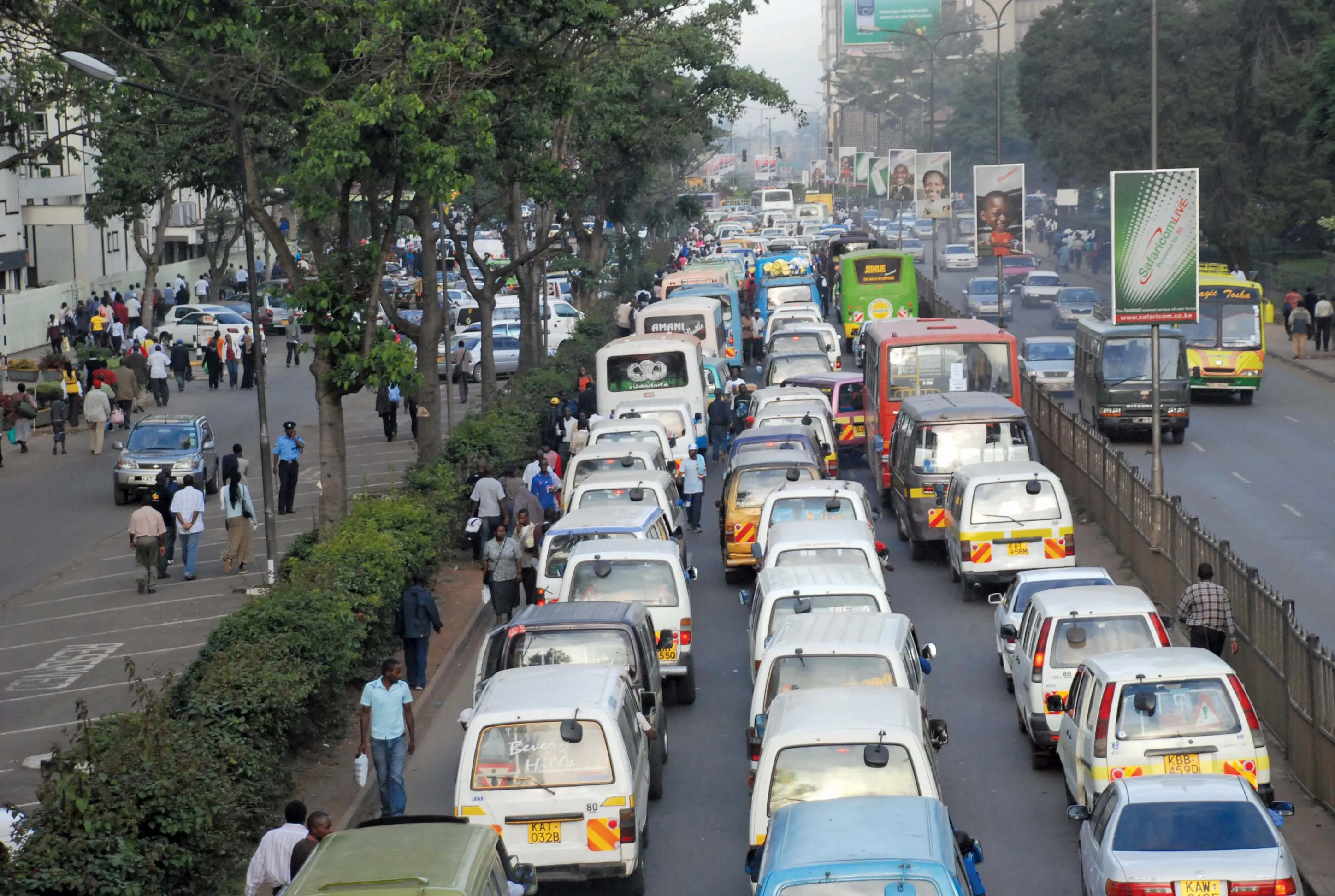Papua New Guinea is set to start road and bridge upgrades that could cost upwards of US$576 million.
Work on bridges will be paid partly through agreements with the Australian Department of Foreign Affairs, amounting to around US$53 million, and the Asian Development Bank which is putting in nearly $32 million.
The Australian Department of Foreign Affairs has also earmarked $101 million to upgrade of arterial roads to standard concrete in the port city of Lae, the capital of Morobe Province. Lae, the
January 21, 2015
Read time: 3 mins
Papua New Guinea is set to start road and bridge upgrades that could cost upwards of US$576 million.
Work on bridges will be paid partly through agreements with the Australian Department of Foreign Affairs, amounting to around US$53 million, and the943 Asian Development Bank which is putting in nearly $32 million.
The Australian Department of Foreign Affairs has also earmarked $101 million to upgrade of arterial roads to standard concrete in the port city of Lae, the capital of Morobe Province. Lae, the second-largest city in Papua New Guinea, is located at the start of the Highlands Highway, which is the main land transport corridor from the Highlands region to the coast and near the delta of the Markham River.
Lae is also the largest cargo port of the country and the industrial heat of the country.
Overall, the Asian Development Bank will allocate $537 million over five years. This is apart from the $575 million set aside for work on the Highlands Highways project, scheduled to start this year.
A report last October by Papua’s internet business publication, Business Advantage PNG, noted that road investment would be around $2.7 billion over the next five years. However, David Wereh, secretary of the Department of Works and Implementation, said the country desperately needs to provide maintenance of roads that are already built.
“Our challenge is the deferred maintenance backlog,” he told the Papua New Guinea Advantage Investment and Infrastructure Summit in Port Moresby in September. “We need PGK1 billion [$383 million] each year for the next three years to clear the backlog, If we continue to delay the maintenance, then we continue to build up the backlog. We are already sitting on a time bomb.”
He said the government is considering outsourcing management and maintenance of key roads to the private sector under long-term arrangements.
Also, because the majority of Papua contractors are working at capacity, the government is trying to attract international firms but with the provisio that up to half its workforce is from local PNG sources.
Wereh added that the government is looking into allegations that the Chinese contractor building the Lae–Nadzab road had failed to employ any local staff, Wereh said he had asked the contractor to provide a breakdown of how many locals and subcontractors were involved in the project.
Wereh said he wants to see over the next five years the rebuilding the 800km Highlands Highway to “world standard”. He also wants to see upgrading of 70km of Lae City’s roads and major roads in Port Moresby, upgrading and sealing 2,500km of national highways and building 1,400km of new so-called missing link roads to connect four key road corridors.
Loans from donors such as the Asian Development Bank, Australian Aid, the World Bank, the2416 Japan International Cooperation Agency and China’s Exim Bank provide 27% of road funding, The remainder of money must come from government coffers.
Work on bridges will be paid partly through agreements with the Australian Department of Foreign Affairs, amounting to around US$53 million, and the
The Australian Department of Foreign Affairs has also earmarked $101 million to upgrade of arterial roads to standard concrete in the port city of Lae, the capital of Morobe Province. Lae, the second-largest city in Papua New Guinea, is located at the start of the Highlands Highway, which is the main land transport corridor from the Highlands region to the coast and near the delta of the Markham River.
Lae is also the largest cargo port of the country and the industrial heat of the country.
Overall, the Asian Development Bank will allocate $537 million over five years. This is apart from the $575 million set aside for work on the Highlands Highways project, scheduled to start this year.
A report last October by Papua’s internet business publication, Business Advantage PNG, noted that road investment would be around $2.7 billion over the next five years. However, David Wereh, secretary of the Department of Works and Implementation, said the country desperately needs to provide maintenance of roads that are already built.
“Our challenge is the deferred maintenance backlog,” he told the Papua New Guinea Advantage Investment and Infrastructure Summit in Port Moresby in September. “We need PGK1 billion [$383 million] each year for the next three years to clear the backlog, If we continue to delay the maintenance, then we continue to build up the backlog. We are already sitting on a time bomb.”
He said the government is considering outsourcing management and maintenance of key roads to the private sector under long-term arrangements.
Also, because the majority of Papua contractors are working at capacity, the government is trying to attract international firms but with the provisio that up to half its workforce is from local PNG sources.
Wereh added that the government is looking into allegations that the Chinese contractor building the Lae–Nadzab road had failed to employ any local staff, Wereh said he had asked the contractor to provide a breakdown of how many locals and subcontractors were involved in the project.
Wereh said he wants to see over the next five years the rebuilding the 800km Highlands Highway to “world standard”. He also wants to see upgrading of 70km of Lae City’s roads and major roads in Port Moresby, upgrading and sealing 2,500km of national highways and building 1,400km of new so-called missing link roads to connect four key road corridors.
Loans from donors such as the Asian Development Bank, Australian Aid, the World Bank, the








